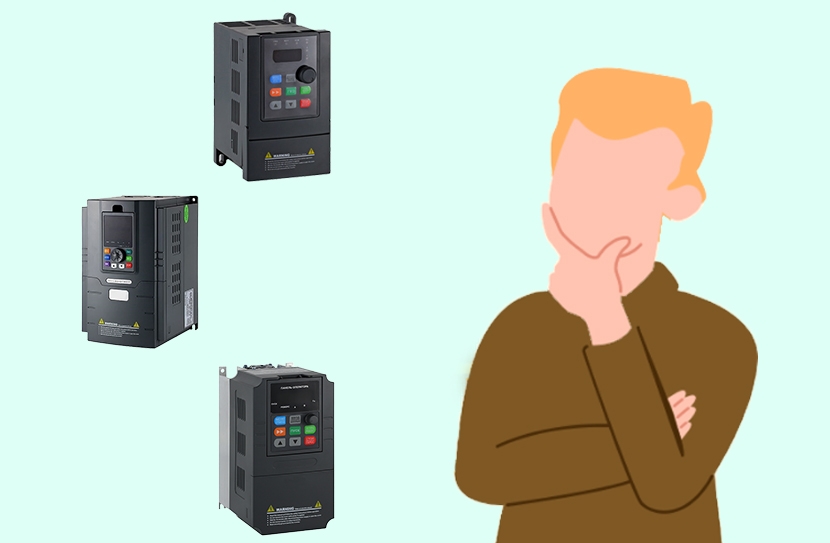A frequency inverter, also known as a variable frequency drive (VFD) or an adjustable frequency drive (AFD), is an electronic device used to control the speed and torque of electric motors. It operates by converting the fixed-frequency alternating current (AC) power from the mains into adjustable-frequency AC power, allowing precise control of motor speed. A frequency inverter is a versatile device that plays a crucial role in modern automation systems, enabling efficient and flexible control of electric motors.
Choosing the right VFD inverter is a crucial step in optimizing the performance and efficiency of electric motor-driven systems. The following guidelines will help you make an informed decision when selecting a frequency inverter.

- Understand your application. Start by thoroughly understanding the requirements of your application. Consider factors such as motor power, voltage, current, speed control range, torque control, and any specific environmental conditions.
- Determine the motor type. Identify the type of motor you will be using, such as induction motors or permanent magnet synchronous motors (PMSMs). Different types of frequency inverters are designed to work with specific motor types, so it's important to choose one that is compatible.
- Calculate the load characteristics. Analyze the load characteristics of your application, including starting torque, peak torque, speed variations, and any cyclic load variations. This information will help you select a frequency inverter with the appropriate torque and speed control capabilities.
- Consider the voltage and current ratings. Ensure that the frequency inverter's voltage and current ratings match or exceed those of the motor. Undersized inverters can lead to motor overheating and premature failure, while oversized inverters may result in unnecessary costs.
- Evaluate the speed control range. Determine the required speed control range for your application. Frequency inverters offer different speed control options, such as scalar control or vector control. Vector control provides better performance and precise control in applications requiring a wide speed range.
- Assess the protective features. Look for frequency inverters with comprehensive protective features, such as overcurrent protection, overvoltage protection, undervoltage protection, short-circuit protection, and motor stall prevention. These features safeguard both the inverter and the motor from potential damage.
- Consider the environmental conditions. Evaluate the environmental conditions in which the frequency inverter will operate. Factors such as temperature, humidity, dust, and vibration can impact the performance and reliability of the inverter. Choose a model that is suitable for the specific environmental conditions of your application.
All in all, selecting the right frequency inverter involves a thorough understanding of your application requirements, motor type, load characteristics, and environmental conditions. By considering factors such as voltage and current ratings, speed control range, protective features, programmability, energy efficiency, manufacturer support, and cost, you can make an informed decision and choose a frequency inverter that meets your specific needs.
